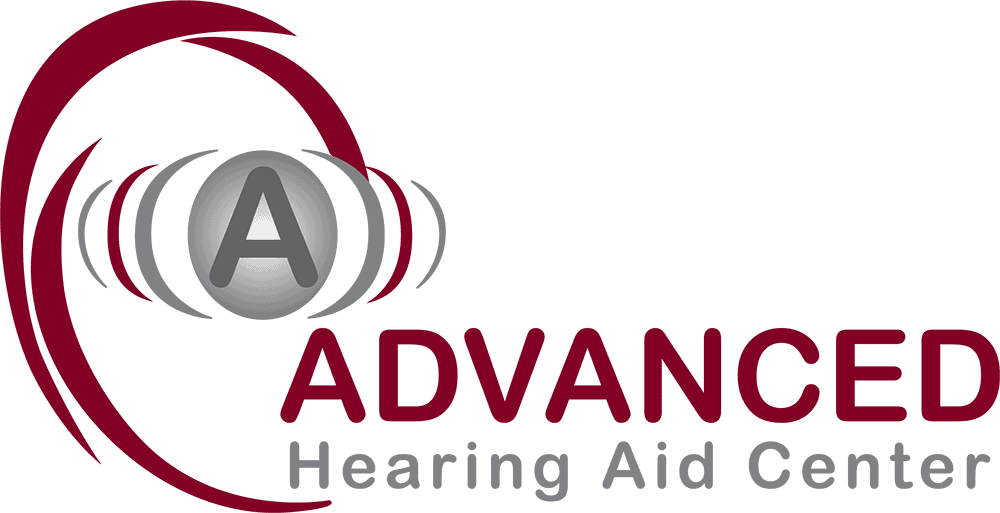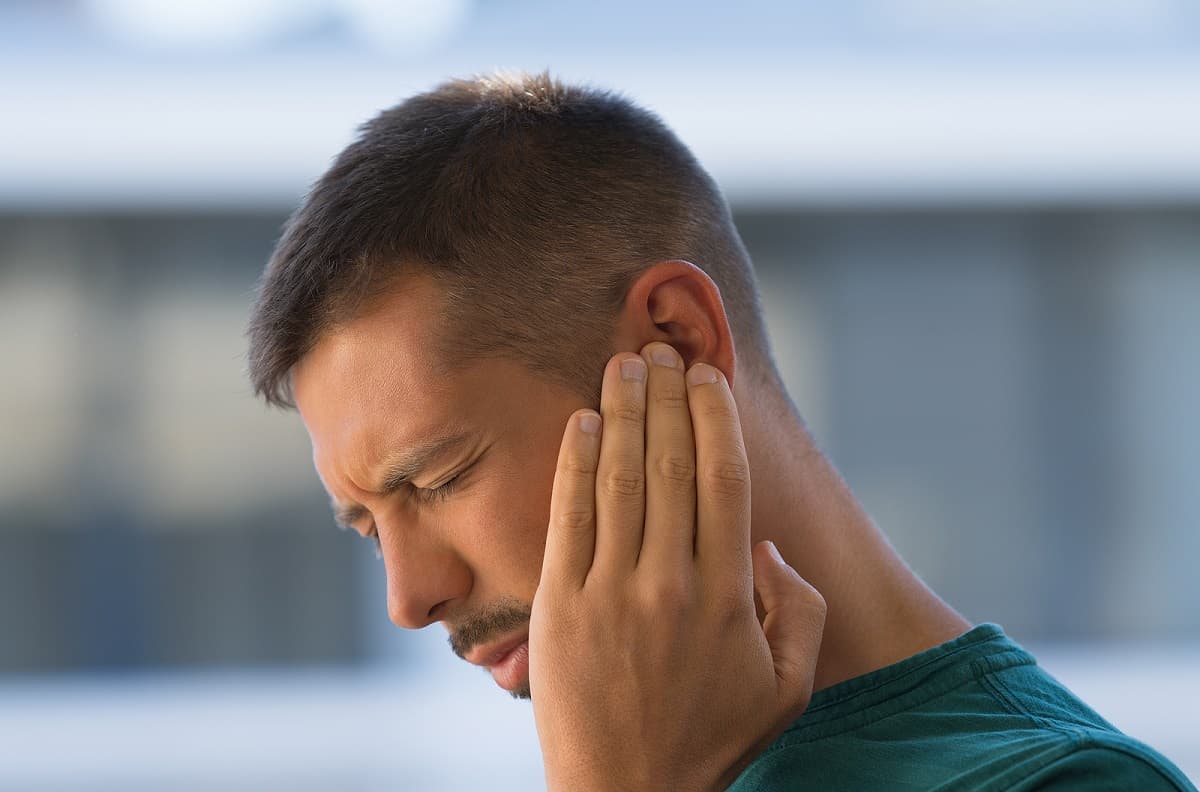“What was that?!” –if you feel like you are asking this more and more often it could signal a hearing loss. While for generations people have associated hearing loss with older adults, due to an ever increasingly noisy world, hearing loss is becoming more common for a younger generation. In fact, a recent study released from the World Health Organization (WHO) projects that up to 1.1 billion people between the ages of 12 and 35 years old may be at risk for Noise Induced Hearing loss due to unsafe listening practices in entertainment venues and through personal headphone use. Noise induced hearing loss is a permanent condition so developing it early can have a serious impact on your life for many years including loss of earnings at work, issues with relationships at home and even cognitive decline. It’s important to know the causes of noise induced hearing loss in your life and how to protect yourself against them.
How Noise Affects Our Hearing
We collect sounds with our ears but listening and speech comprehension happen in our brain. Sounds reach our brain via tiny hair like cells called stereocilia in our inner ear. These tiny cells are the sole delivery system to our brain and are incredibly fragile when exposed to sounds past a safe listening threshold. When audio vibrations become too severe, they can cause the stereocilia to shatter or become destroyed against the cell membrane which houses them.
How Loud is Too Loud?
Our ears can withstand sound indefinitely within a safe listening threshold. However once sounds surpass this it can become volatile for our hearing. The loudness of sound is measured in decibels and once sounds reach 85 dBA or higher it can be in a range to cause permanent damage to our hearing. However, it’s not just the level of sound but the length of exposure. At 85 dBA it takes around eight hours of constant exposure for our hearing to be in danger, however for every increase of three decibels the time is cut in half. For instance, at 88 dBA, it only takes 4 hours and by the time it reaches 91 damage can occur in 2. There are sounds which we interact with everyday which may be damaging our hearing slowly over time or quicker than we’d care to admit.
For more perspective, here are some familiar sounds and their average dBA level:
- 60 dBA A normal conversation with no shouting
- 70 dB: Washing machine
- 80 dB: Alarm clock
- 90 dB: Subway train cart
- 100 dB: Factory machinery
- 110 dB: Car horn
- 120 dB: Live music concert
How to protect your hearing from loud noises
The important thing to understand is when and where you may be being exposed to noises loud enough to damage your ears and what you can do to reduce your exposure.
Hearing protection: When we work in noisy environments or engage in noisy hobbies it’s important to wear the appropriate hearing protection to lower the decibel level. Foam earplugs can reduce the exposure by 15-33 dBA depending on the fit. For a more reliable fit invest in custom hearing protection molded to the shape of your ear or noise canceling hearing protection which can let quiet sounds in while limiting higher decibels.
Increase your distance from the noise. If you can step away from the source of the noise it decreases your exposure. In fact, every time you double your distance from the source the decibel drops by six dBA.
Reduce the length of exposure to noise. Take listening breaks—it will make a difference when you give your ears a rest.
Invest in Treatment for Hearing Loss
Hearing loss from noise is permanent but that doesn’t mean it can’t be treated. Hearing aids can be programmed, based on a hearing exam to amplify the tones, pitches, and sounds you may have lost over the years so you can truly reengage in the world you love. Connect to friends and family, go out and best of all stay engaged with your everyday life. To find out if hearing aids may be right for you, don’t hesitate to reach out to contact us today. We can test your hearing and find the best solution for your hearing needs.

